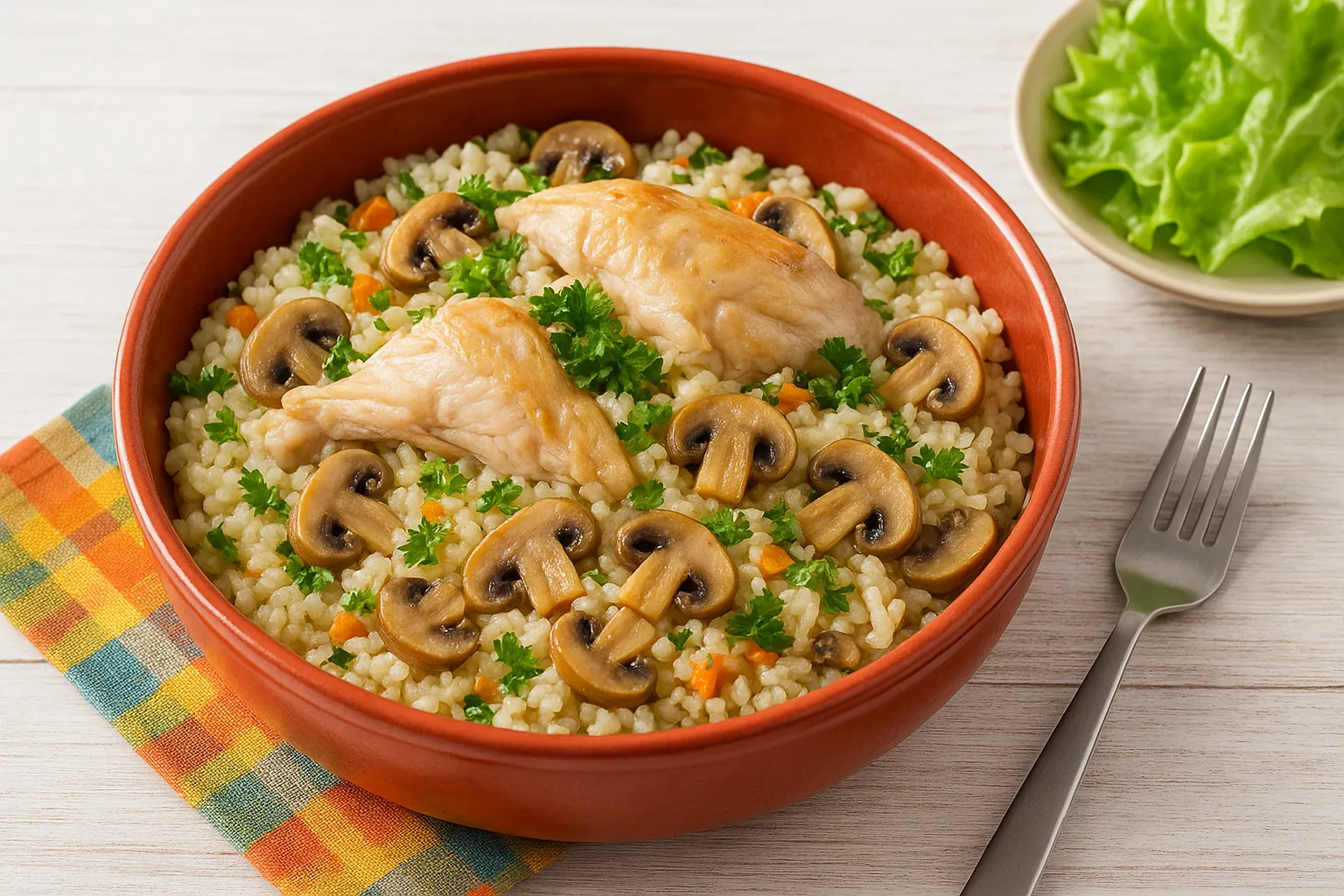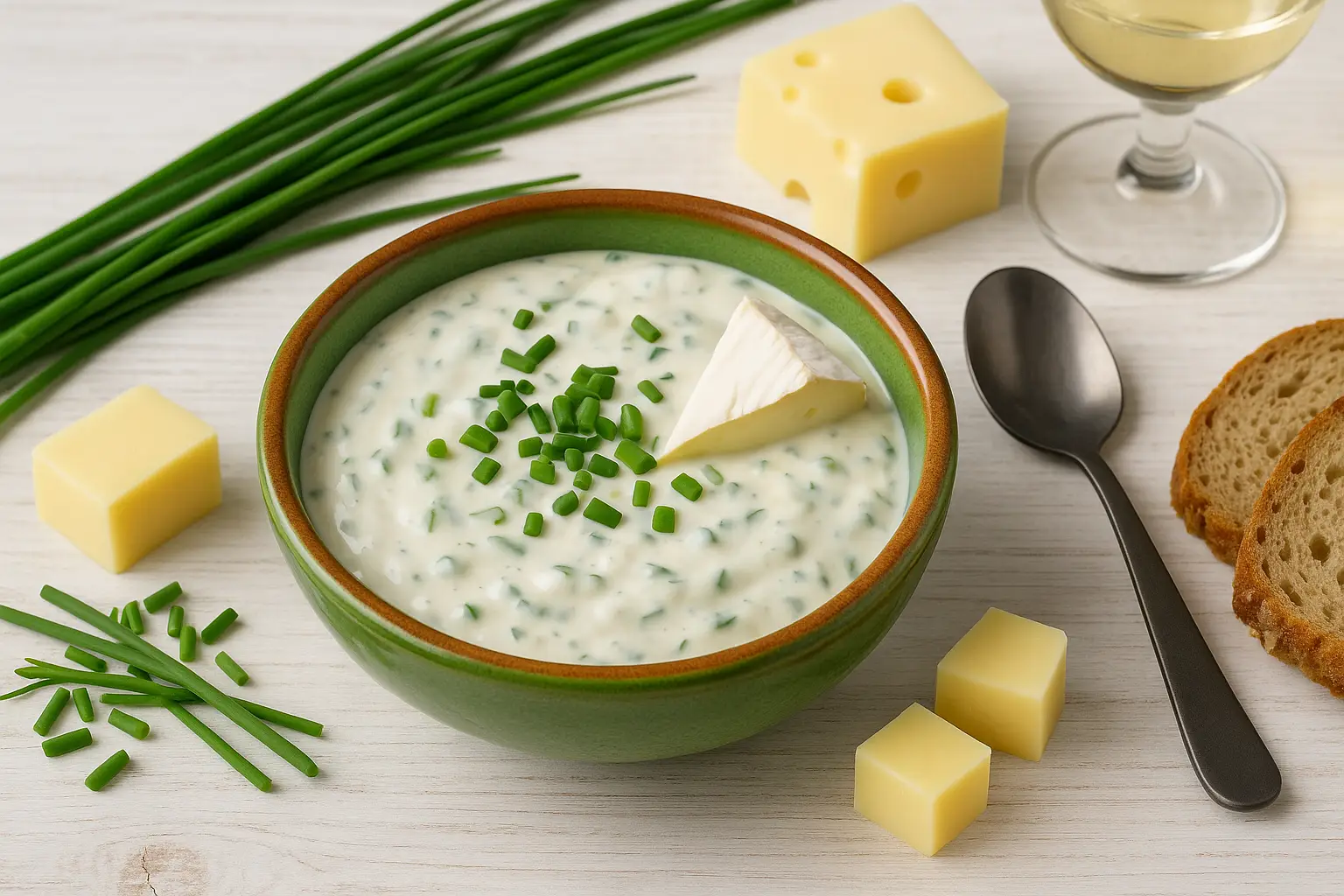It is well known, the garden furniture must be weatherproof and durable. For this reason, they are made from either…
Read More

It is well known, the garden furniture must be weatherproof and durable. For this reason, they are made from either…
Read More
If you want to renovate your bathroom, you have to find out more about current ideas for modern bathroom design.…
Read More
Do you know that many adults like to tinker in their free time? They do not do this out of…
Read More
Modern everyday life is very dynamic and time is often not enough for us. However, every modern -thinking woman wants…
Read More
Hering buffer with red sauce spicy Salt thread and grated people potatoes to crispy, hearty buffers. The fresh, creamy red…
Read More
A fragrant chicken risotto, prepared in the Viennese species, stands for enjoyment and satiety at the same time: delicate chicken…
Read More
If you want to bring a piece of home -style cuisine on the table, you cannot avoid this dish. Delicate…
Read More
This refreshing soup bring with fresh vegetables and one cool, aromatic broth The perfect pleasure for Hot days on the…
Read More
Rapid Pasta court with wonderfully creamy Avocado sauce and tomatoes. Ready in just 20 minutes! Do you…
Read More
Cheese-cutting leek sauce – That sounds like hearty spice and a touch of spring! This sauce is a prime example…
Read More